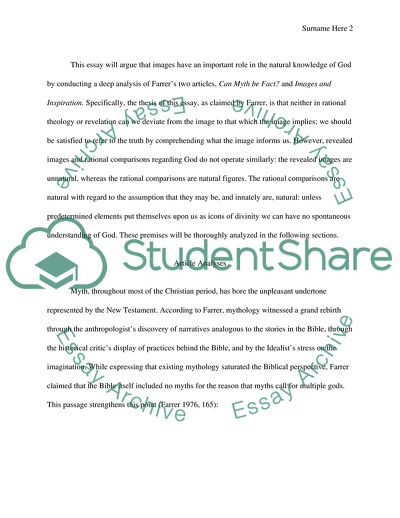Cite this document
(Austin Farrers Theory of Images Report Example | Topics and Well Written Essays - 1750 words, n.d.)
Austin Farrers Theory of Images Report Example | Topics and Well Written Essays - 1750 words. https://studentshare.org/religion-and-theology/1737058-austin-farrers-theory-of-images-as-the-primary-medium-of-revelation
Austin Farrers Theory of Images Report Example | Topics and Well Written Essays - 1750 words. https://studentshare.org/religion-and-theology/1737058-austin-farrers-theory-of-images-as-the-primary-medium-of-revelation
(Austin Farrers Theory of Images Report Example | Topics and Well Written Essays - 1750 Words)
Austin Farrers Theory of Images Report Example | Topics and Well Written Essays - 1750 Words. https://studentshare.org/religion-and-theology/1737058-austin-farrers-theory-of-images-as-the-primary-medium-of-revelation.
Austin Farrers Theory of Images Report Example | Topics and Well Written Essays - 1750 Words. https://studentshare.org/religion-and-theology/1737058-austin-farrers-theory-of-images-as-the-primary-medium-of-revelation.
“Austin Farrers Theory of Images Report Example | Topics and Well Written Essays - 1750 Words”. https://studentshare.org/religion-and-theology/1737058-austin-farrers-theory-of-images-as-the-primary-medium-of-revelation.


